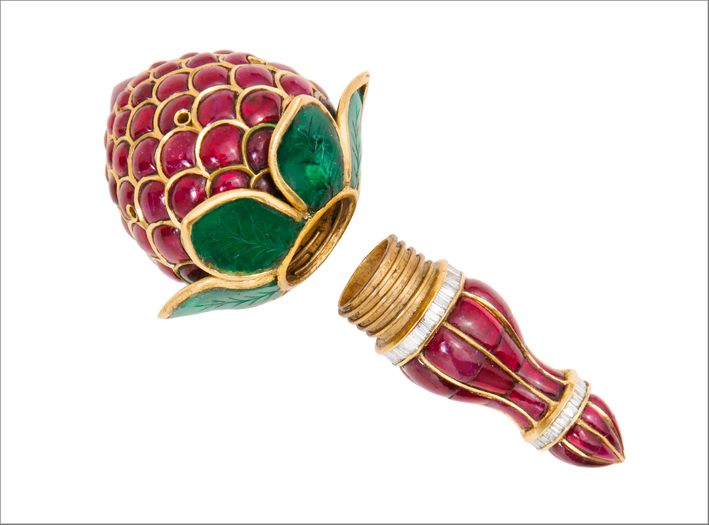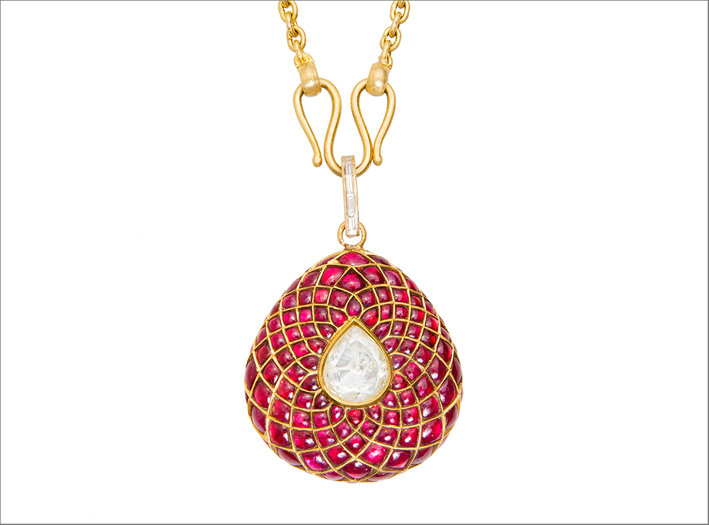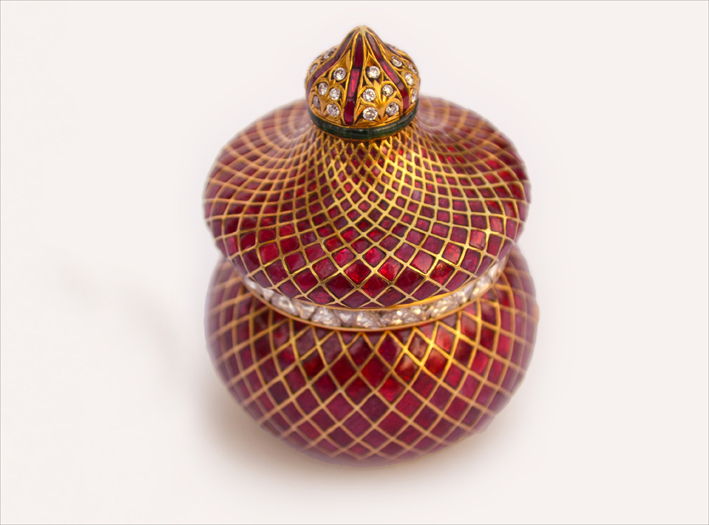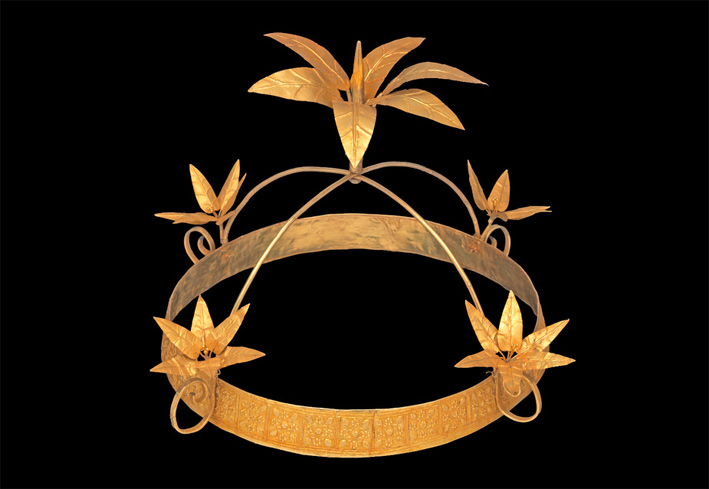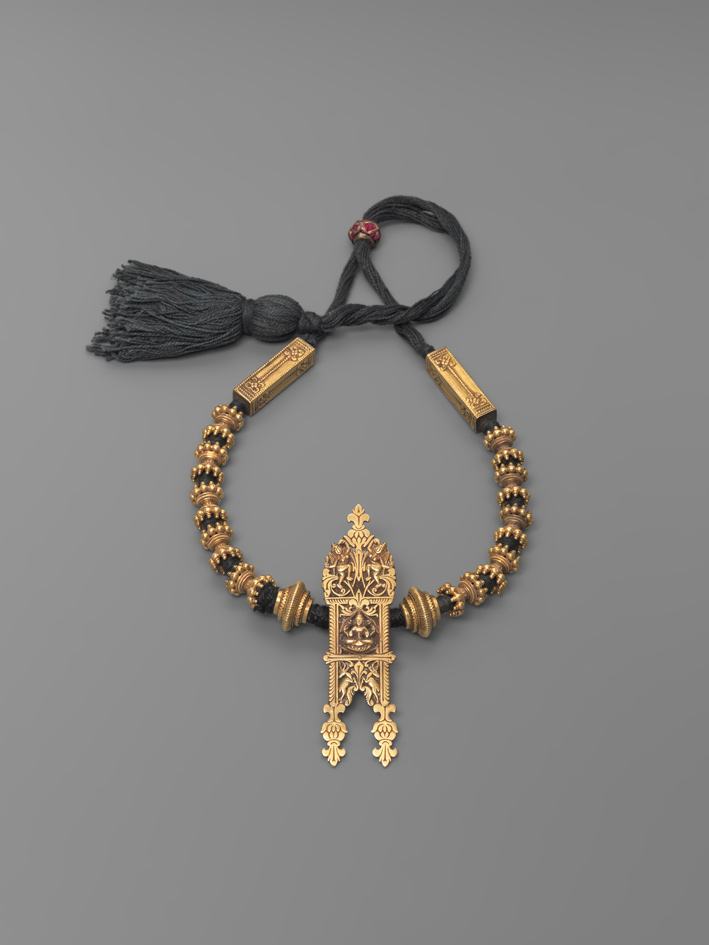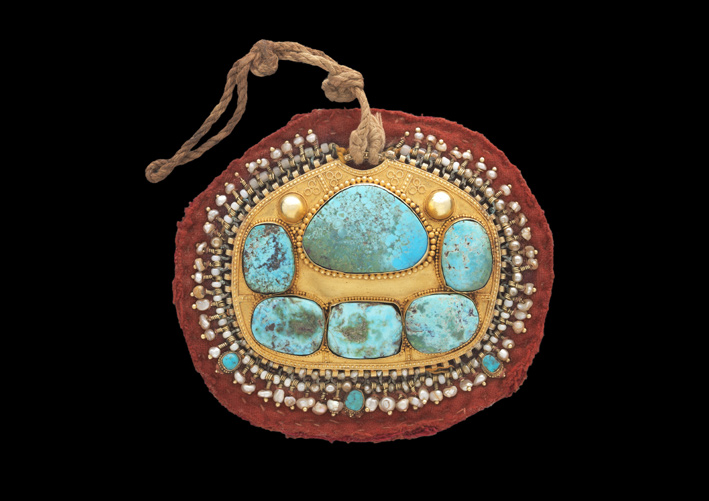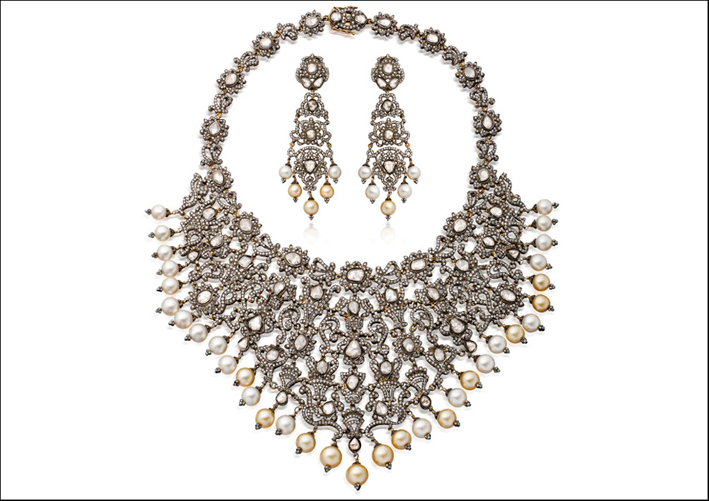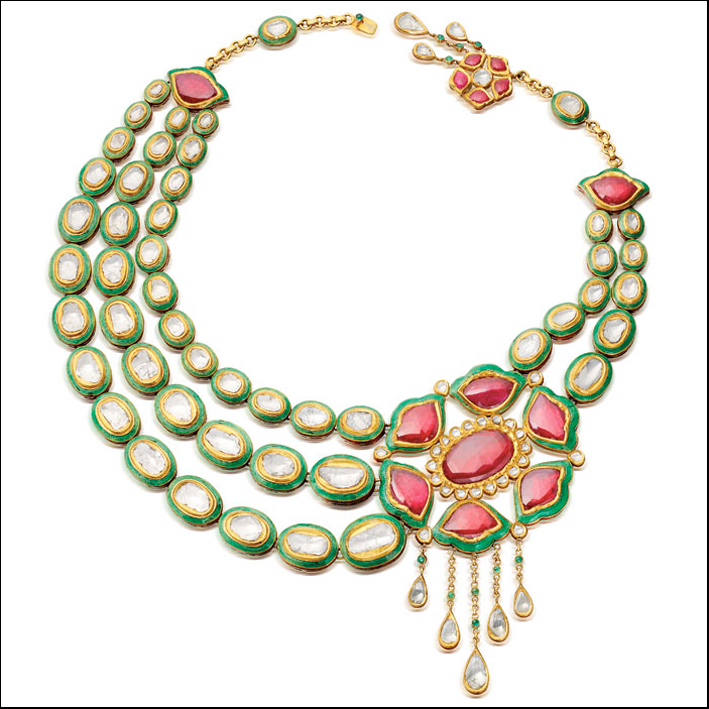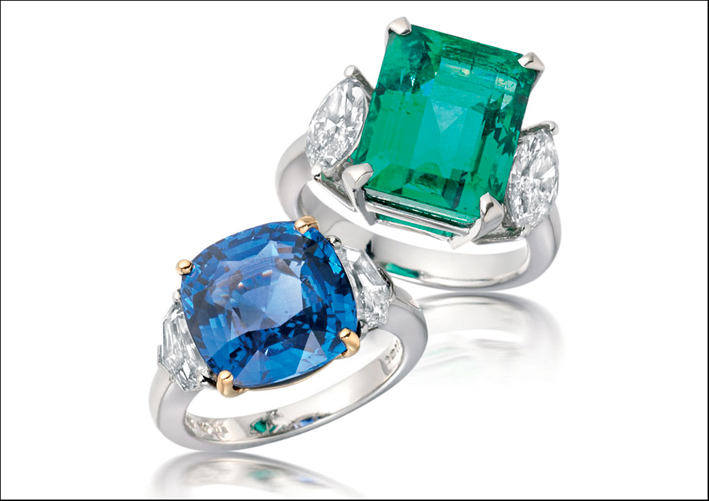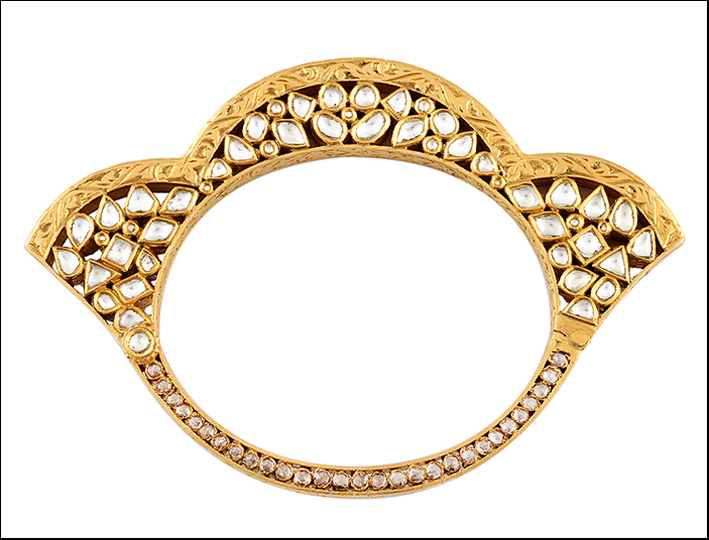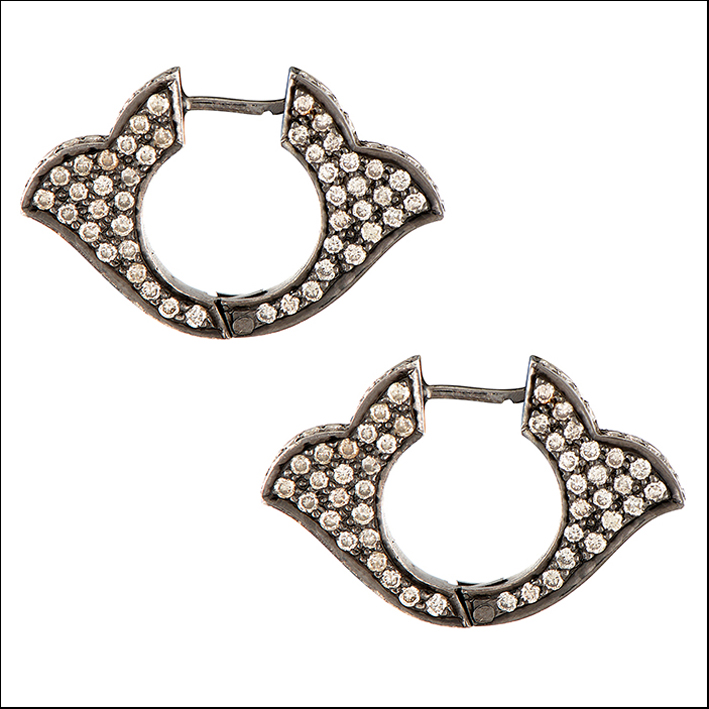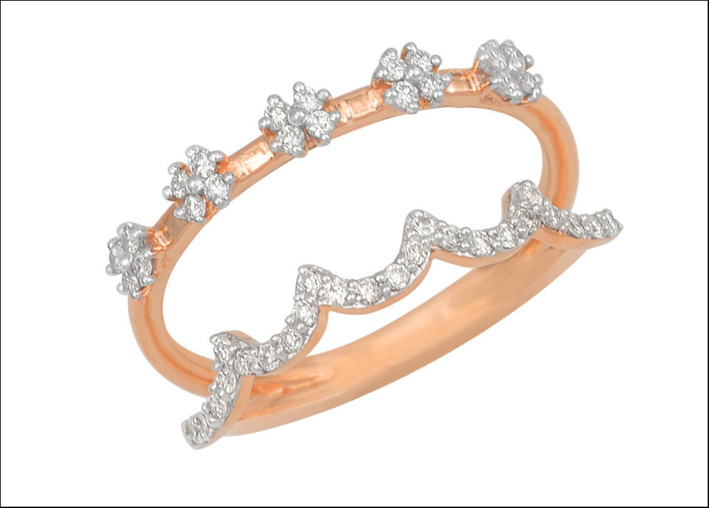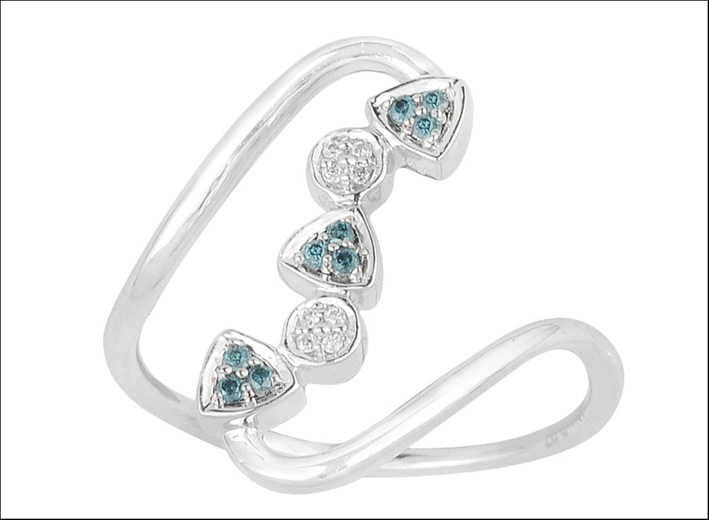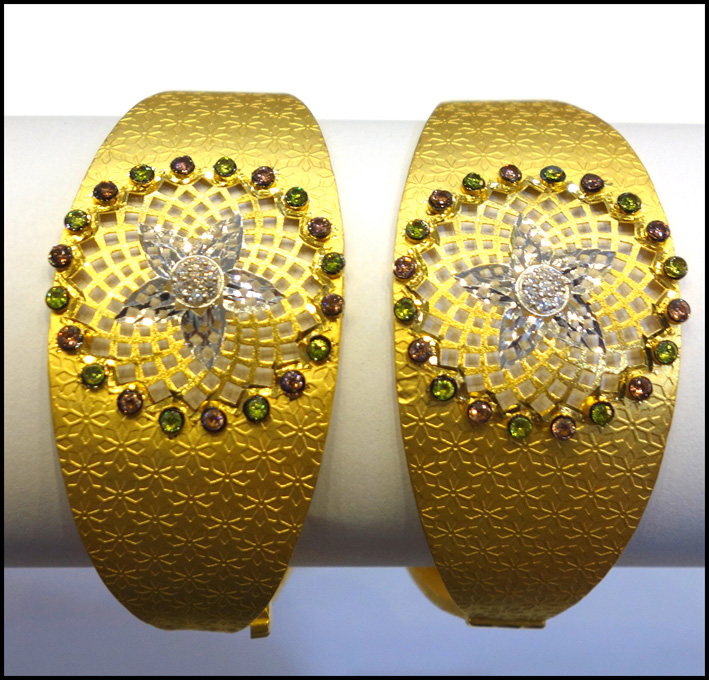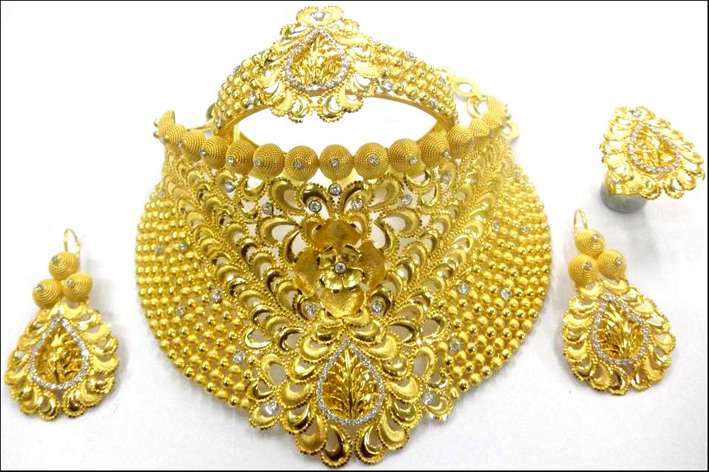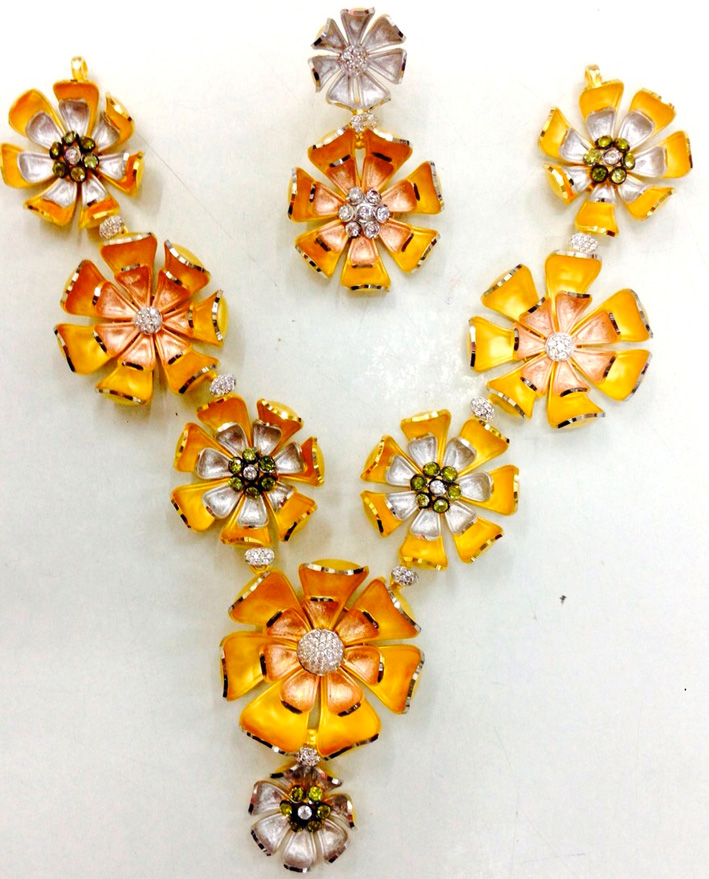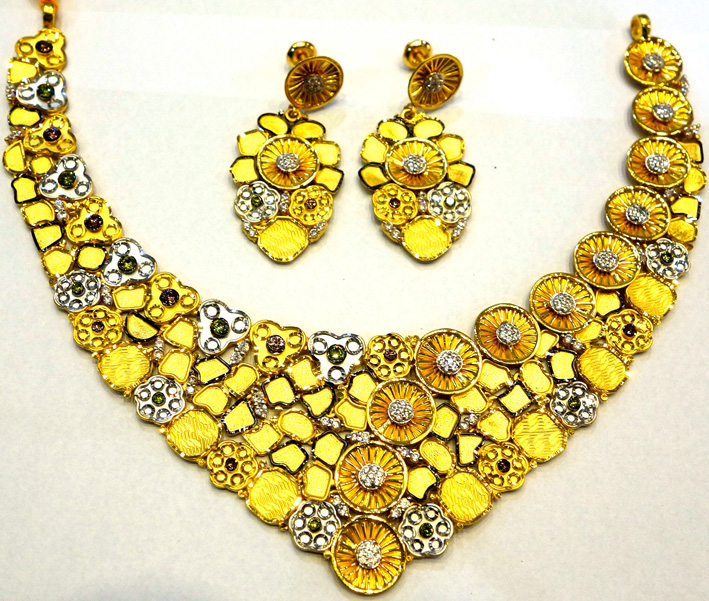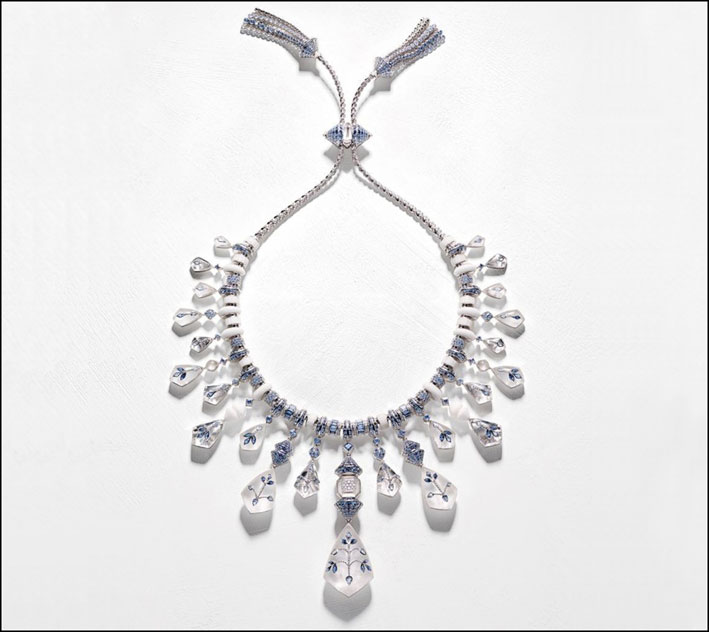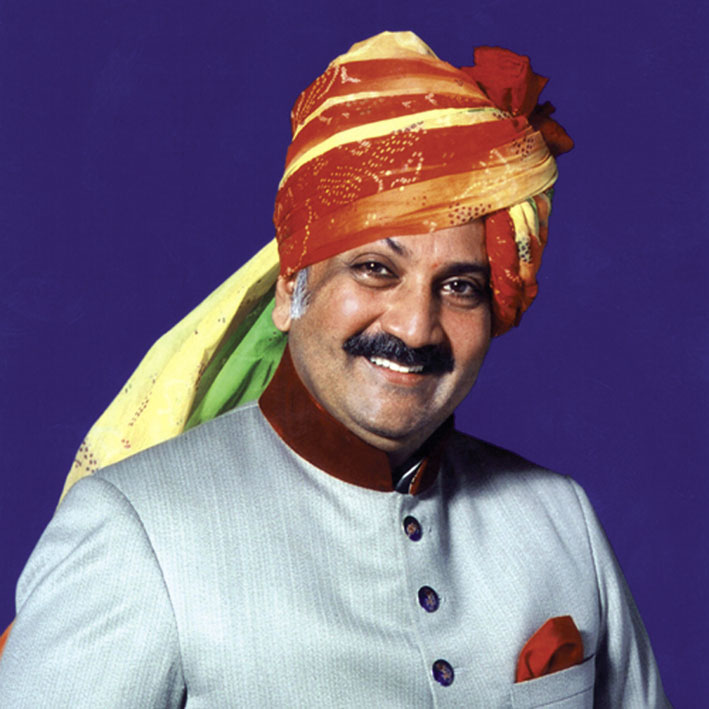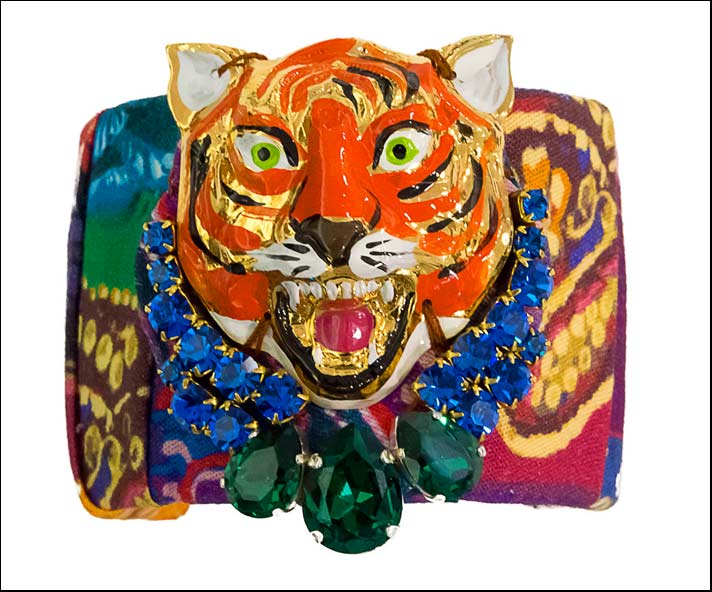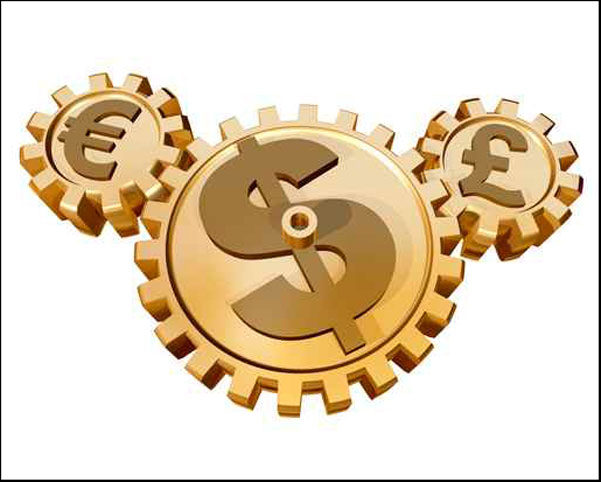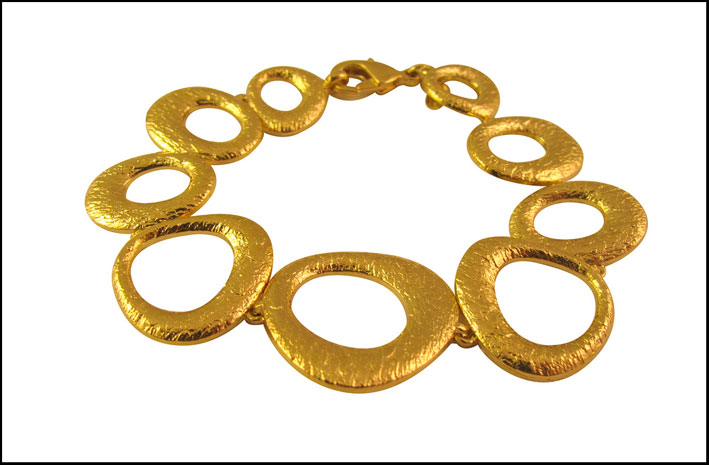Sindoor, an extraordinary collection that celebrates the ruby made by the Indian Maison Munnu The Gem Palace.
The Siddharth name can evoke the original name of the founder of Buddhism, from the novel by Hermann Hesse, or the jeweler heir to the ninth generation of virtuosos of the gems in Jaipur, India. Siddharth Kasliwal has the responsibility and the honor of conducting Munnu The Gem Palace, a temple of jewelry and precious stones in the jewelery Indian capital, in Rajastan, but also stores in Mumbai and New York. Now Siddharth Kasliwal can proudly show his latest work: the Sindoor collection. It is inspired by a small covered box of jewels made by Munnu Kasliwal, father of Siddharth, who drove past the legendary Indian Maison. Siddharth has discovered the little box top twenty centimeters in the Munnu archives. “I wanted to pay homage to him,” said Kasliwal. To complete a basic collection of rubies it took more than two years. The collection includes a necklace with a pendant that contains a diamond with pear-cut, ring, earrings, bracelets, and a bottle to contain perfume. Each piece is handmade according to the traditional Indian technique, Kundun, in which each gem is outlined with gold foil and creating a geometric pattern. Prices from 48,000 to $ 480,000. Margherita Donato

